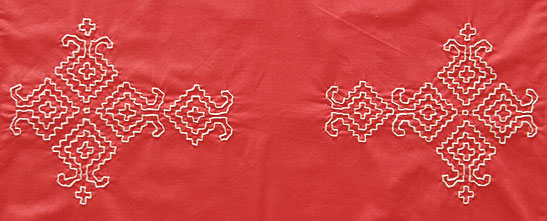 |
| Embroidery sample: Kasuti |
Kasuti is also known as
Dharwari Kashidakari
About and History
Kasuti carries an age-old history. Knowing this history and its contemporary state will help us to value this embroidery much more than ever. Using the logic of basic Holbein stitch, cross-stitch, and darning stitch, Kasuti creates designs that look ethnic and intricate.
The word ‘Kasuti’ is believed to be a worn-out variation of the word ‘Kasheeda’, which means ’embroidery’ in the Persian language. This is a form of hand embroidery done by the women of the villages that borders Maharastra and Karnataka, in India. This embroidery is done particularly in the village called ‘Dharwar’, and hence the alternate name: Dharwari Kashidakari (meaning, embroidery from Dharawar). The specialty of this embroidery is that it is still believed to be exclusively done by women!
This ancient form of embroidery began way back in the 6th- 8th century, during the reign of the Chalukyas. Considering that Kasuti is a derivative of a Persian word, it could be deduced that the Chalukyas had trade with the then Persian empire. It is a counted form of stitching that can easily be done over even weave fabric.
Kasuti uses four different types of stitches – Muragi, Ganti, Menthe, and Neygi. These stitches have been discussed in detail with illustrations in Kasuti lesson 1. While Muragi and Ganti styles of stitches follow the Holbein Stitch logic, Menthe follows the cross stitch pattern. Neygi follows the Running Stitch or the darning style pattern.
Kasuti today
With a lack of facilities, proper funding, and interest, this form of embroidery had seen a dwindling and maybe near extinction state. Over the past few years, art and culture enthusiasts have tried to attempt to revive this art back to life. Few women from the villages of Karnataka, India, were trained and set to work on and find markets to sell products based on Kasuti. The scenario is believed to look better now.
Patterns
Traditional patterns involved motifs of animals like elephants, cows, parrots, bulls, and peacocks. In fact, the elephant pattern is one of the most important ones of traditional Kasuti designs. Flower patterns were also used occasionally along with the animals and birds. Other most used and favorite traditional patterns were that of chariots, gopurams (Indian ornamental tower before a temple), cradles, and Tulasi plants (an aromatic herbal plant called Basil, used extensively in Indian medicines, and worship).
Kasuti patterns are geometrical in concept and so, also replicate ‘rangoli’ designs. Rangoli is a popular form of floor art in India, where finely ground white powder (and sometimes colorful) is used to represent designs. These designs follow symmetrical shapes or forms. So, to make it short, Kasuti is also used to make symmetrical and geometrical shapes to fill or border the clothing
Reference: KASUTI skill training presentation by Avni Varia to Sampark.
Next, go to the detailed Kasuti lessons:
Learn other traditional embroideries from around the world. Let’s make something beautiful today❤️



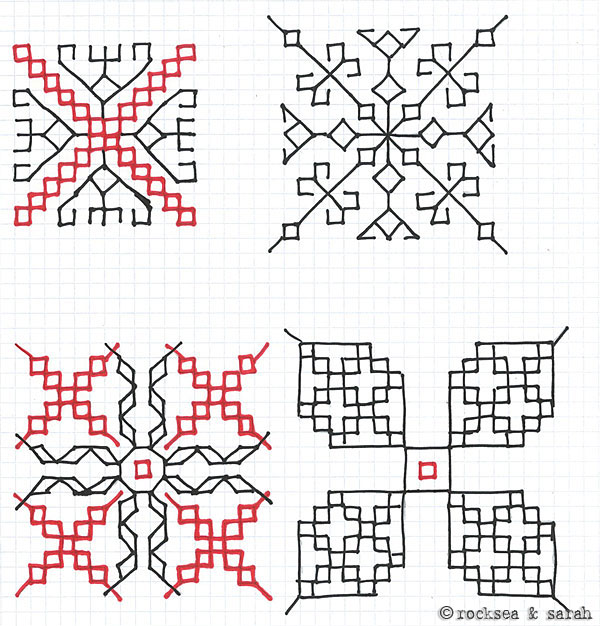

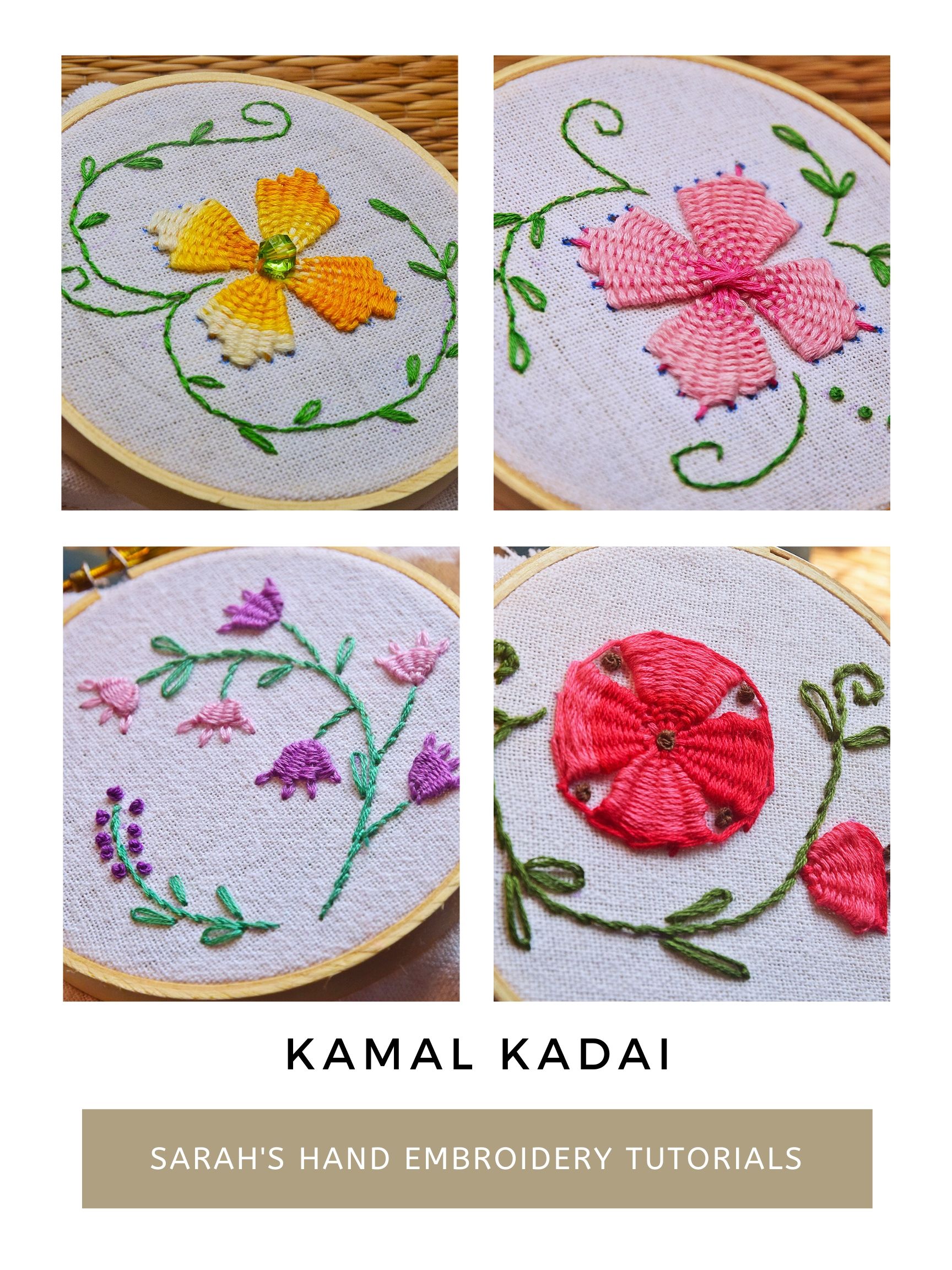
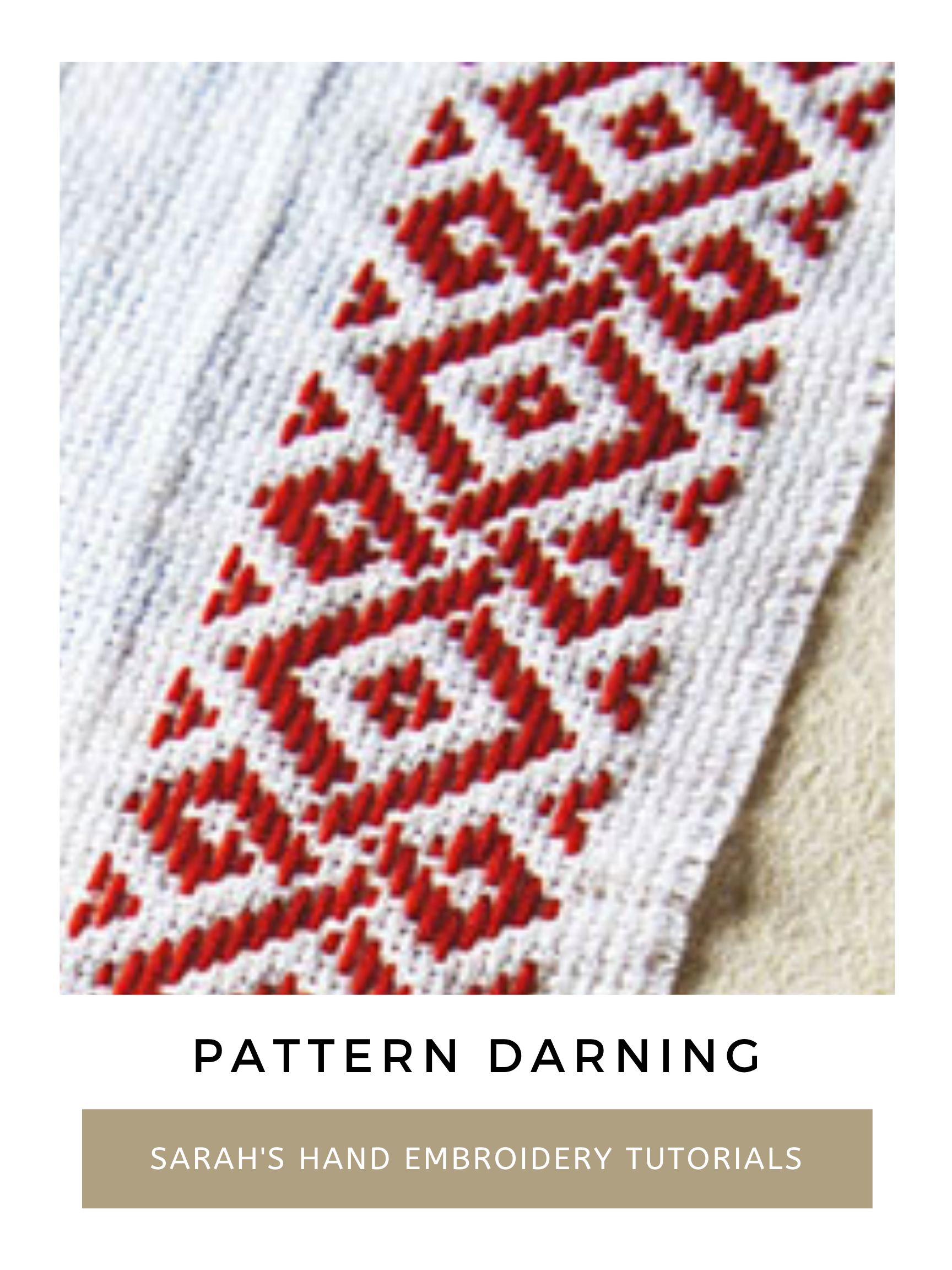
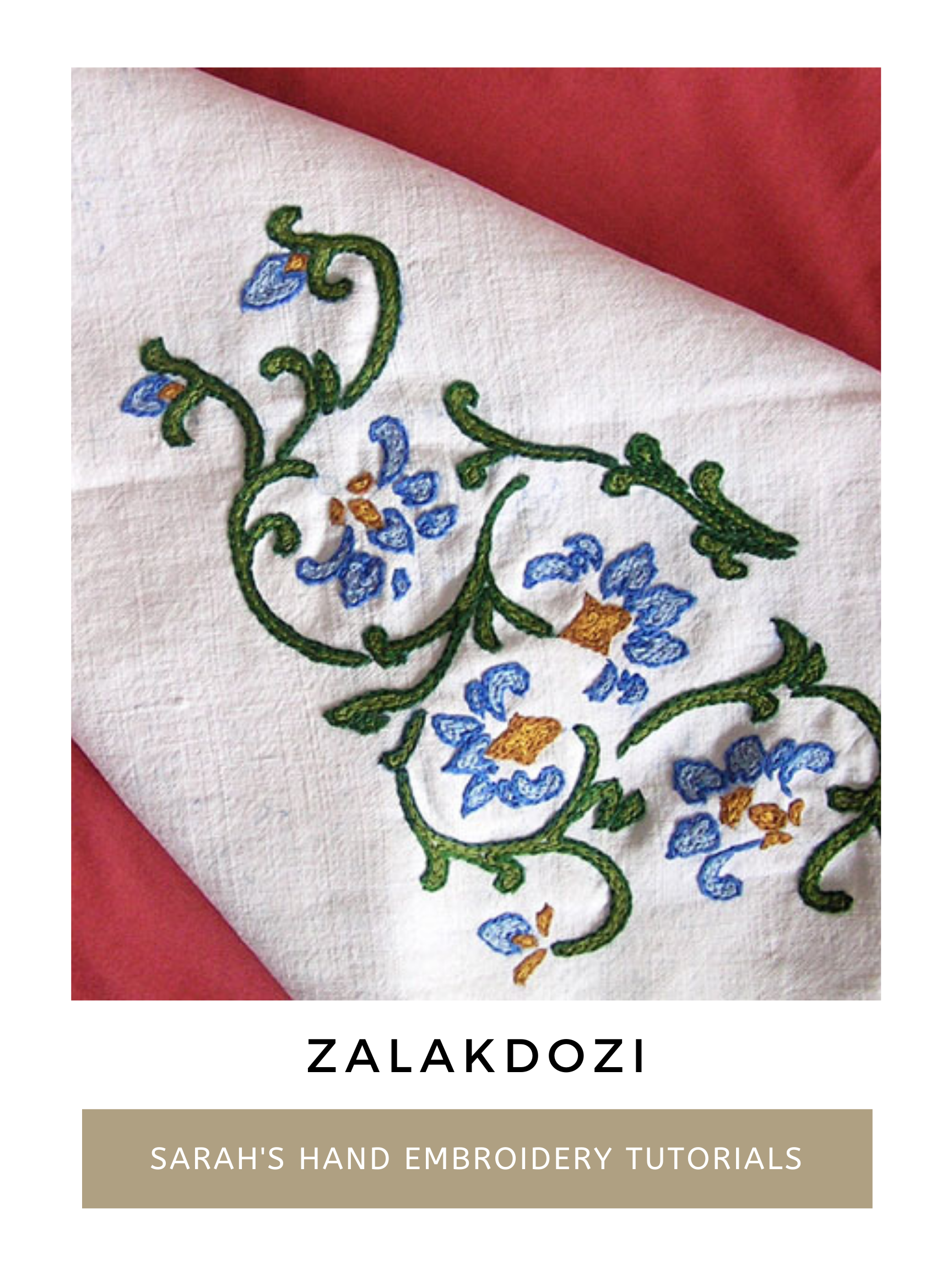



 Sarah has been researching and sharing hand embroidery lessons for over 17 years, making it accessible to everyone around the globe.
Sarah has been researching and sharing hand embroidery lessons for over 17 years, making it accessible to everyone around the globe.
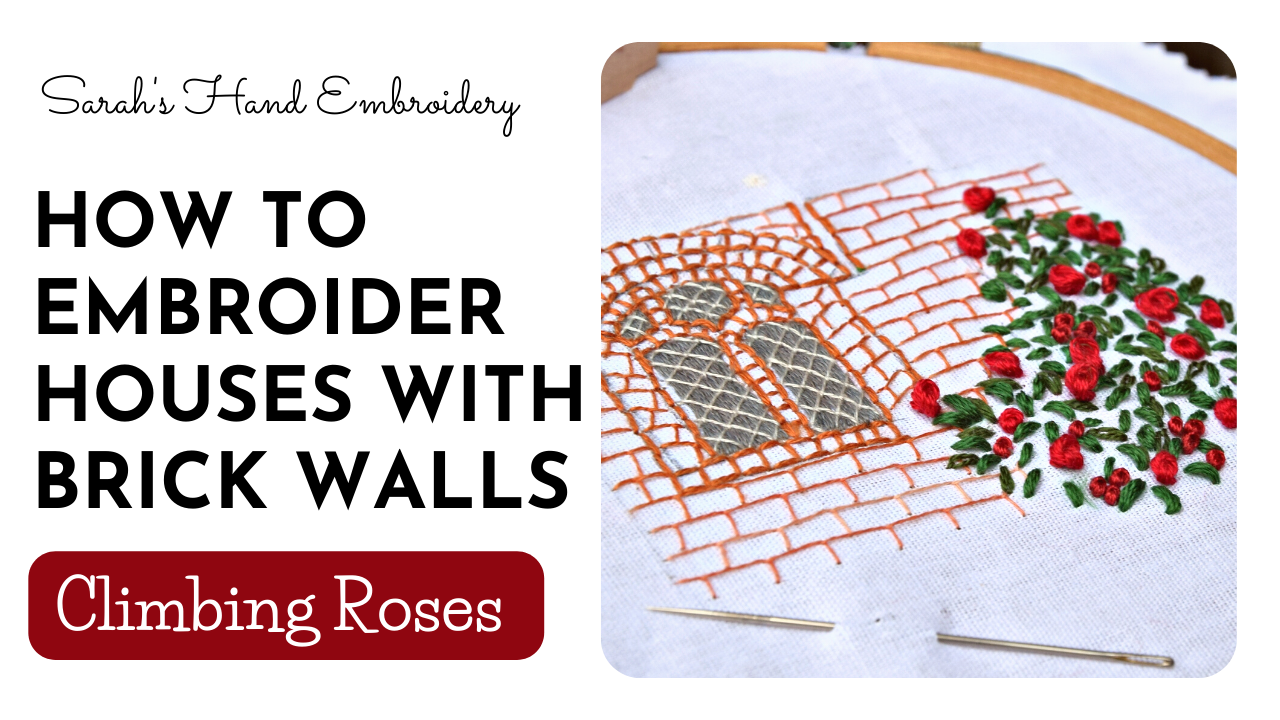
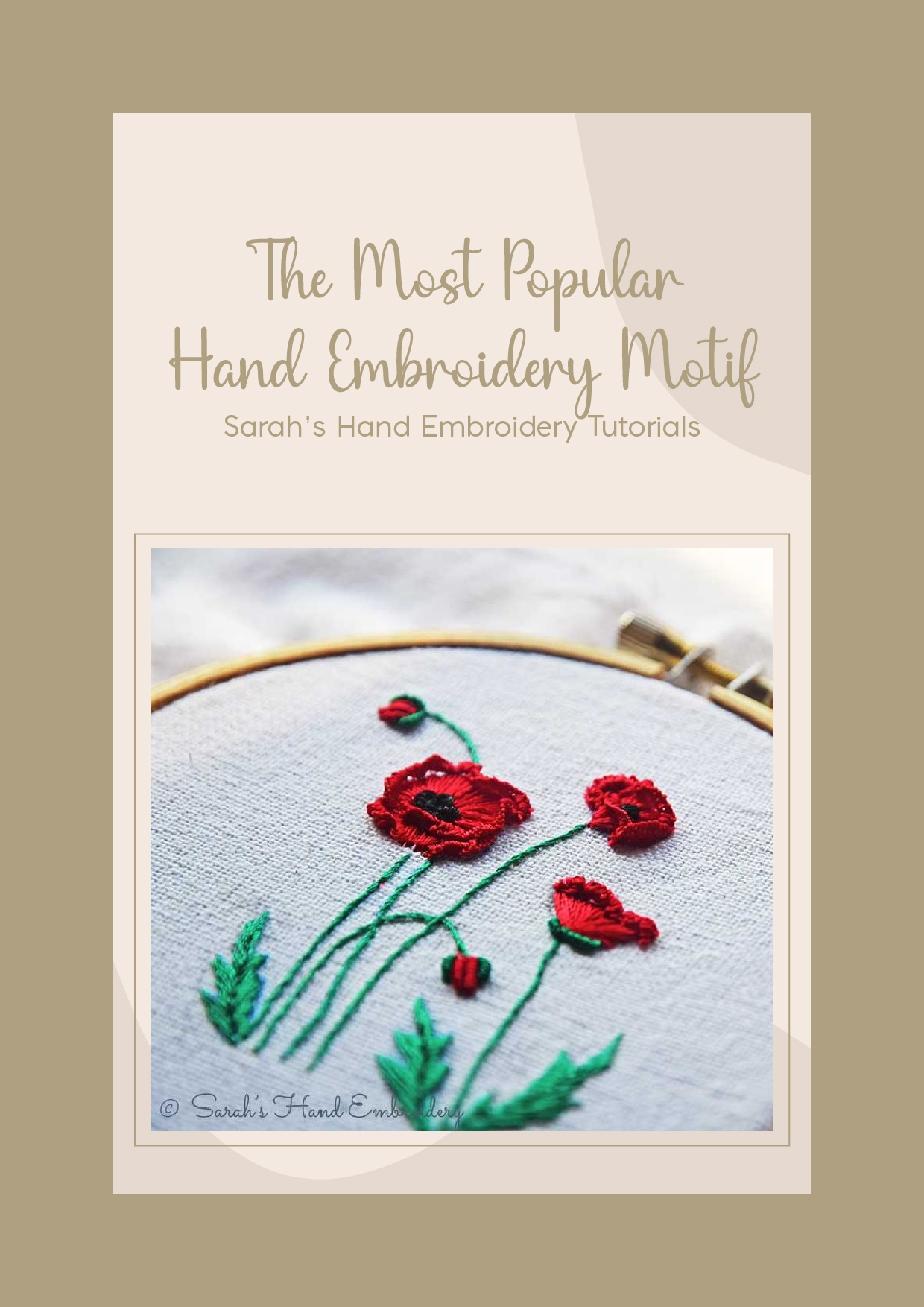
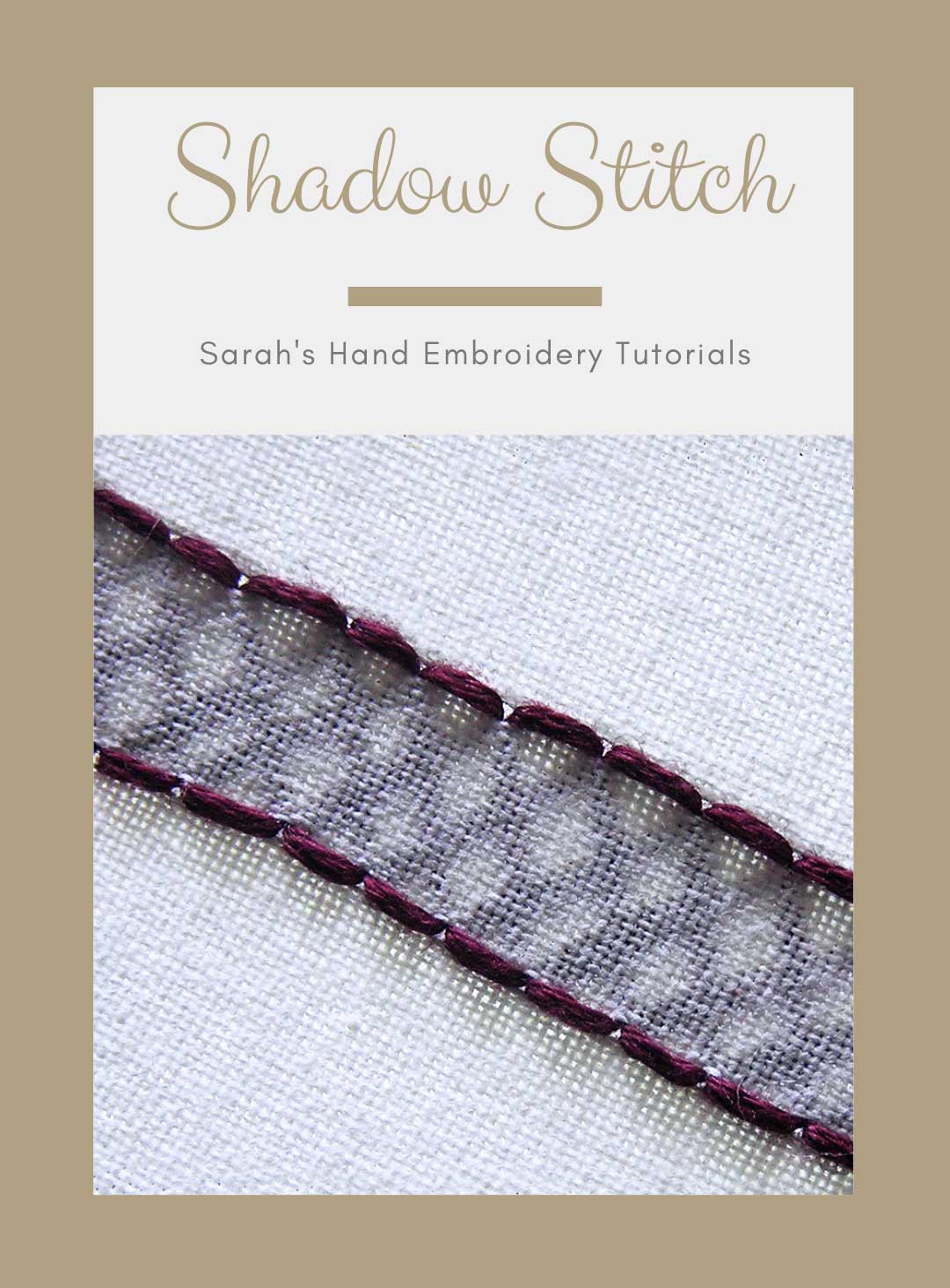


Thankyou so much Sarah for the clear instructions and your tutorial . Got motivated to start from basics , learning Kasuti. Doing this sampler from the basic Gavanthi , Ladder stitch

Thank you, Maha, for sharing your sample. I am happy that our pages are inspiring you. 🙂
Hi Sarah, I used to use an even weave fabric bought several years ago from ‘needle n thread magazine. This fabric I would attach it over the main fabric and work kasuthi on it. Later, I would remove this even weave fabric by pulling out the threads since they are even spaces between them. I will appreciate if you could give me the name of this fabric. TY
Hi Savita,
The fabric you are talking about is called a Waste Canvas.
Thank you Sarah. I appreciate it! Yes, this is what I needed all these years. I did not want to use aida fabric since it would be too expensive. Ready to order it on amz!
hello Sarah i love your website, thank you for sharing all about stitching this is creation new idea for me when i have thinking about design fashion for my collection, hope the best for you
This is amazing, Yunia! Thank you! 🙂
Hi Sarah! I really love this website! It has been very useful in helping me learn embroidery. This blog has such clear instructions and so much information! It is honestly better than most books I have read teaching embroidery. Just wanted to let you know! 😀
Thanks a lot Elizabeth. 🙂
Hi please share your email id
sarah

one more piece of my work on kasuti is here:
I have blogged about it here:
http://www.shamiatcraft.blogspot.in/2013/02/kasuti-embroidery-motif
Thanks for sharing Shami.
Very nice selection of colors and of course, nicely done kasuti. 🙂
Hi, id like to know if theres any place where we can get this embroidery done on our desired pieces of fabrics! I loved the info and also the embroidery! Thx
Hi sarah..
Thanx for replyin. Jus wanted to knw if u cud help me out wit any suppliers from dharwad for des sarees… It wud really b of great help…
Plzzz…
Thank you….
Hi Sanjitha,
I just came across this blog post and your query on Kasuti sarees. Are you still looking for these? I am working with Kai Krafts, a project of IDF, that supports artisans from Dharwad to expand the kasuti craft. You could find more information on http://www.kaikrafts.in
Sorry de above msg is for Sarah….
Dear Sanjitha,
Sorry, I don’t know where Kasuti sarees are available in Bangalore. Maybe if you check with other boutiques, it might help.
Hi Avni…
thanx for de information.. i need to know if de kasauti pattern sarees r available in bangalore as am opening a boutique n wud like to hav some pieces of these…
thank u…
Can you please delete above comment of mine as my company’s email address has got published here..
email id removed.
cheers,
Thanks chetta. 🙂
Sarah,
i too stay in Pune and wanted my niece to join embroidery classes. in case you conduct classes, can you please give your contact details. please drop me a mail. I do not check the website regularly..
Hi Jhanavi,
I have recently started conducting Embroidery Classes. I know it is not the best of the times to let you know this. But when things settle and if you are still interested, please to respond to this comment and I will get back to you with details.
Warm wishes,
Sarah
Hi Sarah,
Thanks for the article. Would like to contribute to the origin of the word Kasuti- Stems from “kai” (Meaning hand in Kannada), and “Soot”- meaning cotton or yarn… basically, a work with thread.
Vandana
Hi Vandana.
Thanks for adding on with the information. 🙂
Amei seu blog, sempre visito.
Jaimara,
Obrigado:)
Hi,
I would like to make a correction here – Dharwar is not a village. In fact, Kasuti is done in Dharwar and in the villages surrounding Dharwad.
Luckily, Kasuti is not extinct yet, it still has commercial value and generations of embroiderers are passing on the traditional kasuti designs. Dharwad sarees (a kind of saree) are usually embroidery with Kasuti patterns.
Dear Shilpa,
Thank you for the correction. 🙂
Dharwar is a district and also a city in the district.
good to see your reply.
Where are you from, what u do?
and what is this blog for ?
Dear Avni,
I am originally from Kerala, but right now in Pune. I look after our son, Pratyahara, and involve in finer interests and hobbies, like embroidery. This blog has a lot of content on our travels, experiences, nature etc… , and a section of which is this embroidery tutorial. 🙂
Hello,
Can I know how did u manage to get this report. ?
Dear Avni,
I have to first appreciate you for your efforts in making the report on Kasuti. It had certain basic information that I was searching for, but could not possibly find anywhere else. Your report was so organised that I had to make it my main point of reference to share this art with the rest of the readers.
The report by you was found through google search.
So glad that we are able to get in touch here. 🙂